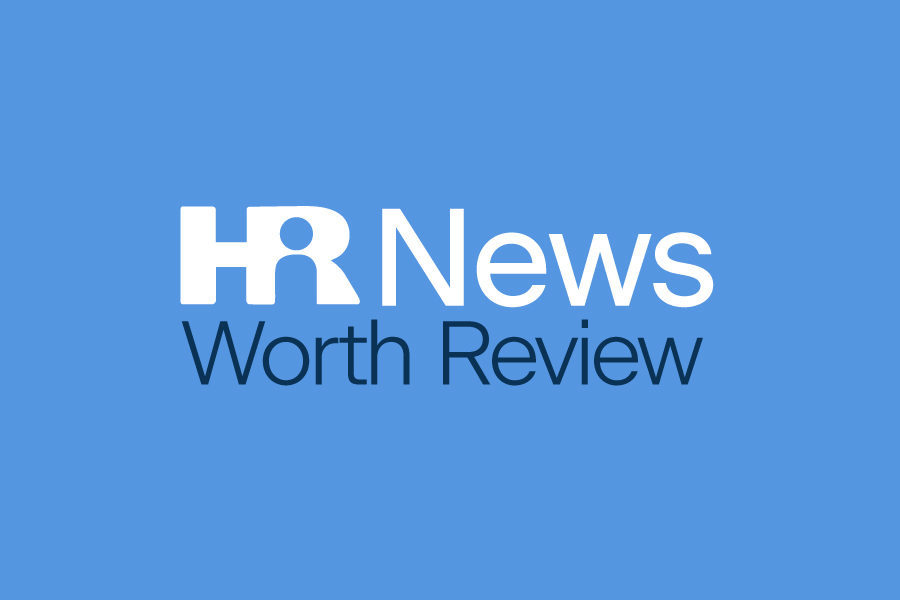PCORI Fees Due July 31, 2023
The Affordable Care Act (ACA) requires health insurance issuers and self-insured plan sponsors to pay Patient-Centered Outcomes Research Institute fees (PCORI fees). The fees are reported and paid annually using IRS Form 720 (Quarterly Federal Excise Tax Return).
Form 720 and full payment of the PCORI fees are due by July 31 of each year, and generally covers plan years that end during the preceding calendar year. For plan years ending in 2022, the PCORI fees are due by July 31, 2023.
The PCORI fees were scheduled to expire for plan years ending on or after Oct. 1, 2019. However, a federal spending bill enacted at the end of 2019 extended the PCORI fees for an additional 10 years. As a result, these fees will continue to apply for the 2020-2029 fiscal years.
Calculating the PCORI Fee Payment
In general, the PCORI fees are assessed, collected and enforced like taxes. The PCORI fee applies separately to “specified health insurance policies” and “applicable self-insured health plans,” and is based on the average number of lives covered under the plan or policy (see more information here). As a reminder, the fee is paid based upon on the month in which your plan year ended, not the date it started (for example, a plan that renewed on Jan. 1, 2023 technically ended on Dec. 31, 2022). See the chart below for easy reference.
| Policy or plan ending date in month of: | File return no later than: |
Applicable rate: |
| January 2022 | July 31, 2023 | $2.79 |
| February 2022 | July 31, 2023 | $2.79 |
| March 2022 | July 31, 2023 | $2.79 |
| April 2022 | July 31, 2023 | $2.79 |
| May 2022 | July 31, 2023 | $2.79 |
| June 2022 | July 31, 2023 | $2.79 |
| July 2022 | July 31, 2023 | $2.79 |
| August 2022 | July 31, 2023 | $2.79 |
| September 2022 | July 31, 2023 | $2.79 |
| October 2022 | July 31, 2023 | $3.00 |
| November 2022 | July 31, 2023 | $3.00 |
| December 2022 | July 31, 2023 | $3.00 |
Employer Takeaway
Form I-9 Remote Verification and Other Flexibilities End on July 31, 2023
On May 4, 2023, the U.S. Department of Homeland Security (DHS) and U.S. Immigration and Customs Enforcement (ICE) announced that the COVID-19 flexibilities for the Employment Eligibility Verification Form (Form I-9) will expire on July 31, 2023.
The announcement also clarifies that employers will have until Aug. 30, 2023, to complete all required physical inspections of identity and employment eligibility documents.
Form I-9 Flexibilities
Federal law requires every employer that recruits, refers for a fee or hires an individual for employment in the United States to complete a Form I-9. To comply with Form I-9 requirements, employers must, within the first three days of employment:
- Complete and sign Section 2 of Form I-9 for each new hire; and
- Physically examine the documents each employee presents to prove his or her employment eligibility (documents must come from the form’s list of acceptable documents).
Throughout the COVID-19 state of emergency, DHS has adopted various temporary policies to provide employers flexibility in their employment eligibility compliance efforts. DHS has reviewed, renewed and updated these Form I-9 “flexibilities” to allow employers to:
- Review Form I-9 identification documents remotely; and
- Accept some expired identification documents when the expiration was caused by COVID-19 disruptions.
When using these flexibilities, employers have been encouraged to review the original DHS guidance on remote document verification for details and to stay up to date on which expired documents are still accepted as valid forms of identification and work eligibility by accessing pertinent information on the DHS’s Citizenship and Immigration Services website.
Expiration of Flexibilities
In October 2022, DHS and ICE announced that the flexibilities would be extended until July 31, 2023. With the imminent end of the COVID-19 national emergency, DHS and ICE have reaffirmed that the Form I-9 flexibilities will end as planned on July 31 and that employers will have until Aug. 30, 2023, to “perform all required physical examination[s] of identity and employment eligibility documents for those individuals hired on or after March 20, 2020, and who have only received a virtual or remote examination under the flexibilities.”
Proposed Rule
In addition, DHS has proposed a rule to create permanent Form I-9 remote verification procedures. The proposed rule was published in the Federal Register on Aug. 18, 2022.
As required by federal rule-making procedures, the proposal came with a 60-day public comment period, and DHS is expected to announce a final version of the rule once it has reviewed all the feedback received during the 60-day window.
Employer Takeaway
The joint DHS and ICE announcement provides clear guidance that the federal government will allow employers up to 30 days to complete the physical review of I-9 forms created for employees hired since March 20, 2020. Employers should prepare to comply with this deadline by auditing their hiring records and ensuring compliance for all affected employees. Although a permanent rule for remote I-9 verification is widely expected, employers should comply with current requirements until the new rule is published and becomes effective. For this reason, employers should also monitor DHS announcements and publications in the Federal Register for updates on the proposed rule.
HSA/HDHP Limits Will Increase for 2024
On May 16, 2023, the IRS released Revenue Procedure 2023-23 to provide the inflation-adjusted limits for health savings accounts (HSAs) and high deductible health plans (HDHPs) for 2024. The IRS is required to publish these limits by June 1 of each year.
These limits include:
- The maximum HSA contribution limit;
- The minimum deductible amount for HDHPs; and
- The maximum out-of-pocket expense limit for HDHPs.
These limits vary based on whether an individual has self-only or family coverage under an HDHP.
Eligible individuals with self-only HDHP coverage will be able to contribute $4,150 to their HSAs for 2024, up from $3,850 for 2023. Eligible individuals with family HDHP coverage will be able to contribute $8,300 to their HSAs for 2024, up from $7,750 for 2023. Individuals age 55 or older may make an additional $1,000 “catch-up” contribution to their HSAs.
The minimum deductible amount for HDHPs increases to $1,600 for self-only coverage and $3,200 for family coverage for 2024 (up from $1,500 for self-only coverage and $3,000 for family coverage for 2023). The HDHP maximum out-of-pocket expense limit increases to $8,050 for self-only coverage and $16,100 for family coverage for 2024 (up from $7,500 for self-only coverage and $15,000 for family coverage for 2023).
The following chart shows the HSA and HDHP limits for 2024 as compared to 2023. It also includes the “catch-up” contribution limit that applies to HSA-eligible individuals who are age 55 or older, which is not adjusted for inflation and stays the same from year to year.
| Type of Limit | 2024 | 2023 | Change | |
| HSA Contribution Limit | Self-only | $4,150 | $3,850 | Up $300 |
| Family | $8,300 | $7,750 | Up $550 | |
| HSA Catch-up Contributions (not subject to adjustment for inflation) | Age 55 or older | $1,000 | $1,000 | No change |
| HDHP Minimum Deductible | Self-only | $1,600 | $1,500 | Up $100 |
| Family | $3,200 | $3,000 | Up $200 | |
| HDHP Maximum Out-of-pocket Expense Limit (deductibles, copayments and other amounts, but not premiums) | Self-only | $8,050 | $7,500 | Up $550 |
| Family | $16,100 | $15,000 | Up $1,100 | |
Employer Takeaway





